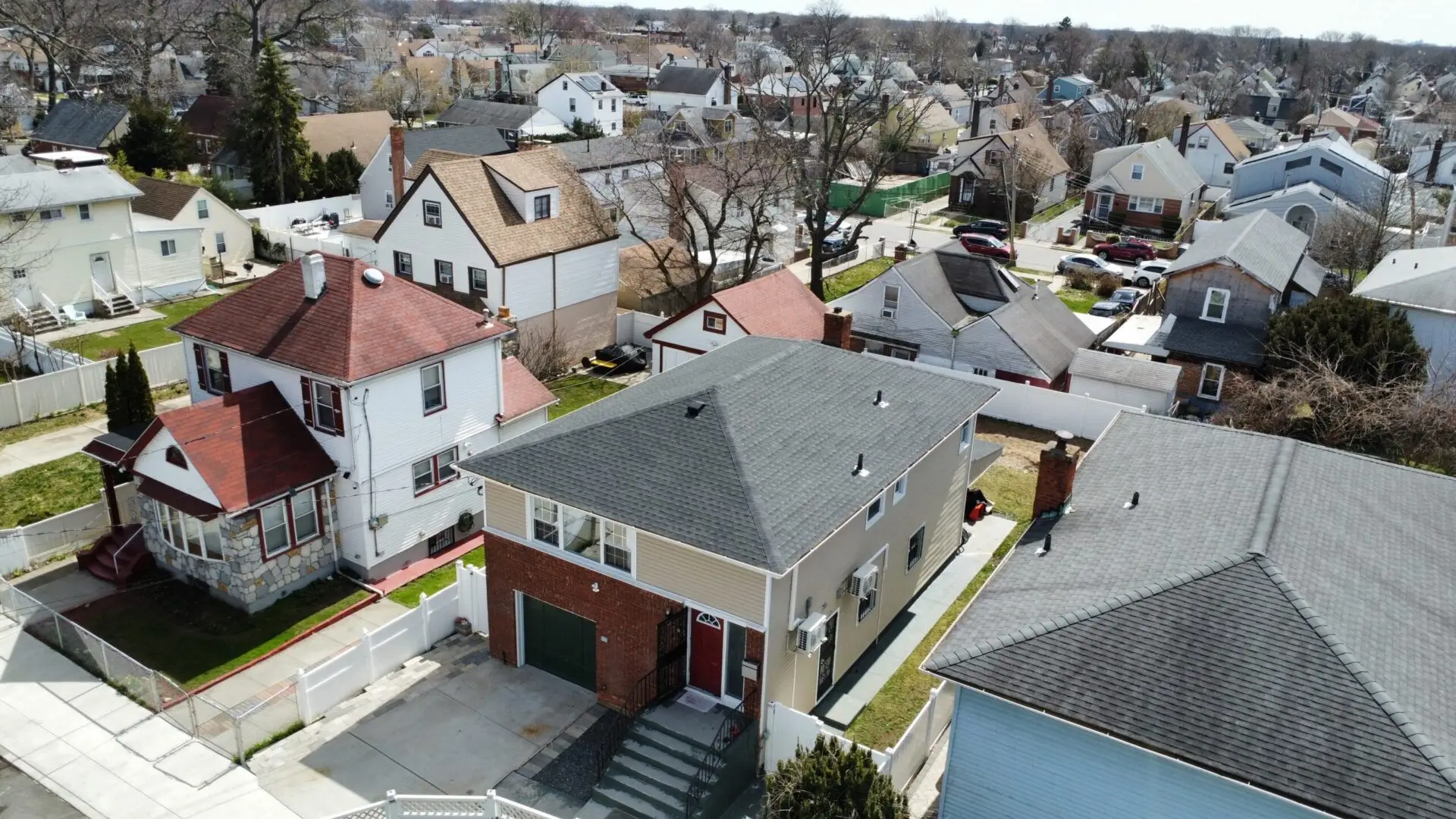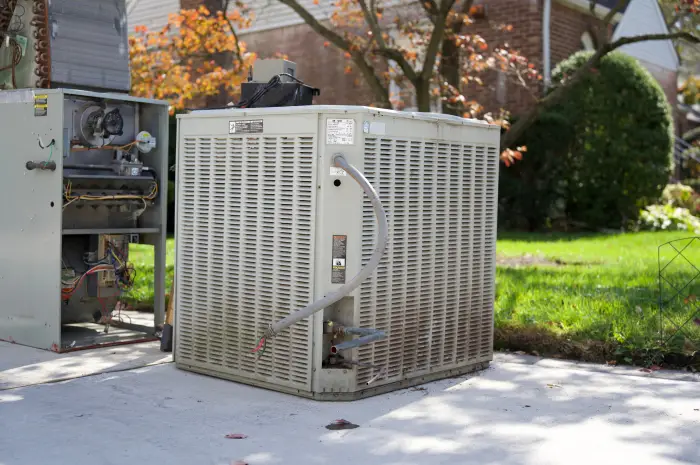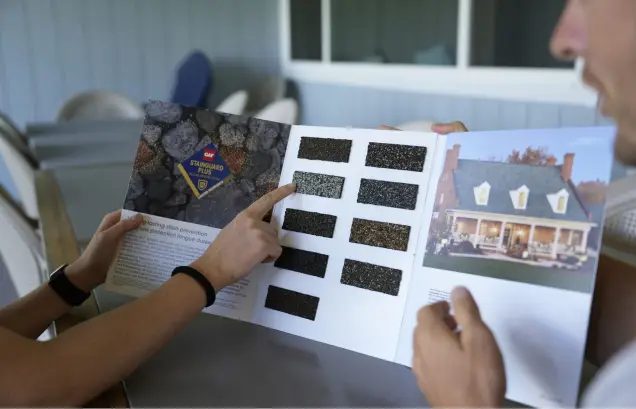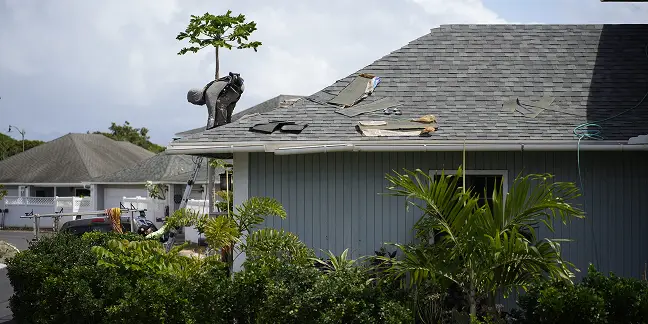Clogged gutters may seem like a minor inconvenience—just some leaves and debris blocking water flow, right? But the truth is, when gutters aren’t working properly, they can lead to serious damage to your home. From roof leaks to water dripping down into your ceilings, clogged gutters are often the culprit behind issues that can cost thousands of dollars to fix.
At Attyx, we’ve witnessed how overlooked maintenance issues, like clogged gutters, can quickly escalate into expensive problems. From damaging your roof to creating leaks in your ceiling, clogged gutters can wreak havoc on your home if left unchecked. Let’s break down how this happens, what warning signs to watch for, and how you can protect your home from unnecessary repairs.
How Do Clogged Gutters Lead to Roof & Ceiling Leaks?
When gutters are clogged, water has nowhere to go. Instead of being safely directed away from your home, it overflows and starts to wreak havoc on your property. Here’s a breakdown of how this happens:
1. Water Backs Up Onto the Roof
When gutters are blocked with leaves, twigs, or debris, water can’t flow through the system. This causes water to back up onto your roof, saturating the edges and underlayers. Over time, this moisture can seep under shingles and lead to roof leaks.
2. Excess Weight Damages Gutters and Fascia
Standing water adds significant weight to your gutters, which they aren’t designed to handle. This can cause them to pull away from your roofline, damaging the fascia boards (the wooden trim behind the gutters) and creating gaps where water can seep into your home.
3. Water Seeps Into Ceilings and Walls
Once water penetrates your roof, it can travel into your attic and eventually into your ceilings and walls. This not only causes unsightly stains but can also weaken the structure of your home.
Signs That Clogged Gutters Are Causing Problems
How can you tell if your clogged gutters are leading to roof or ceiling leaks? Here are some common warning signs to watch for:
- Water Overflowing During Rain: If you see water spilling over the sides of your gutters, it’s a clear sign they’re clogged.
- Sagging Gutters: This indicates your gutters are holding too much water or debris.
- Stains on Ceilings or Walls: Brown or yellow stains inside your home could mean water has seeped through your roof or walls.
- Peeling Paint or Rotting Wood: Exterior wood trim near your roofline may show signs of water damage if gutters are clogged.
- Ice Dams in Winter: Blocked gutters can contribute to ice dams, which force water under your roof during freezing conditions.
Why Ignoring Clogged Gutters Is Risky
It might be tempting to put off gutter cleaning, but ignoring the issue can lead to some serious (and expensive) consequences:
1. Structural Damage
Water that seeps into your roof or walls can weaken wooden structures over time, potentially leading to costly repairs or even a full roof replacement.
2. Mold and Mildew Growth
Moisture from leaks creates the perfect environment for mold and mildew, which can spread quickly and cause health issues for your family.
3. Foundation Problems
Overflowing water doesn’t just damage your roof—it can also pool around your home’s foundation, causing cracks, erosion, or basement flooding.
What to Do If You Notice a Leak
If you suspect clogged gutters have already caused roof or ceiling leaks, it’s important to act quickly to minimize damage:
- Locate the Source of the Leak: Check your attic, ceilings, and roof for signs of water infiltration.
- Clear the Gutters: Remove any blockages in your gutters to prevent further water overflow.
- Call a Roofing Professional: A roofer can assess the extent of the damage and recommend repairs.
Don’t wait too long to address leaks. Even a small amount of water can cause significant damage if left unchecked.
So, can clogged gutters cause roof and ceiling leaks? Absolutely—and the damage they create can be costly and frustrating. The good news is that regular gutter maintenance and early intervention can go a long way in protecting your home.
At Attyx, we understand the importance of proactive home maintenance, and we’re here to help you stay one step ahead of potential issues. By keeping your gutters clear and addressing problems early, you’ll ensure your roof and home stay safe, dry, and secure.





